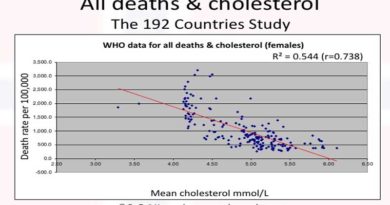The definition of red meat

Introduction
I try to mix up the topics for the Monday note – it’s good to do a conference round-up one week and then low-fat diets and breast cancer the next week. However, the main driver behind the Monday note is – what was the big story from the previous week that needs countering? For that reason, we’re looking at red meat again this week because the attacks on red meat are relentless this year and so they need to be addressed. You may also have noticed the concomitant promotion of the fabulously lucrative “it even bleeds” fake-meat in parallel with attacks on real meat. The agenda is not even subtle (Ref 1).
This week’s paper comes from the usual source – the meat-hating Harvard nutritional epidemiologists – with Yan Zheng as the lead author (and Walter Willett and Frank Hu as the usual senior authors). It’s called “Association of changes in red meat consumption with total and cause specific mortality among US women and men: two prospective cohort studies” and it’s on open view (Ref 2). I’ll rattle through the study basics, and the usual three issues with epidemiology, to focus on what was new about this study, as there’s plenty to be aware of.
The study
As is usually the case with the Harvard epidemiologists, the two studies used have been the Nurses’ Health Study (US women), which started in 1976 and the Health Professionals Follow-up Study (US men), which started in 1986. The outcome of interest in this study was mortality i.e. death from any cause.
One new aspect to Zheng et al was that the study wasn’t the usual association of food intake with a health outcome. This study looked at increases in “red meat consumption” (we’ll look at how this was defined) over eight years and then deaths in the subsequent eight years.
The rest of this article is available to site subscribers, who get access to all articles plus a weekly newsletter.
To continue reading, please login below or sign up for a subscription. Thank you.




